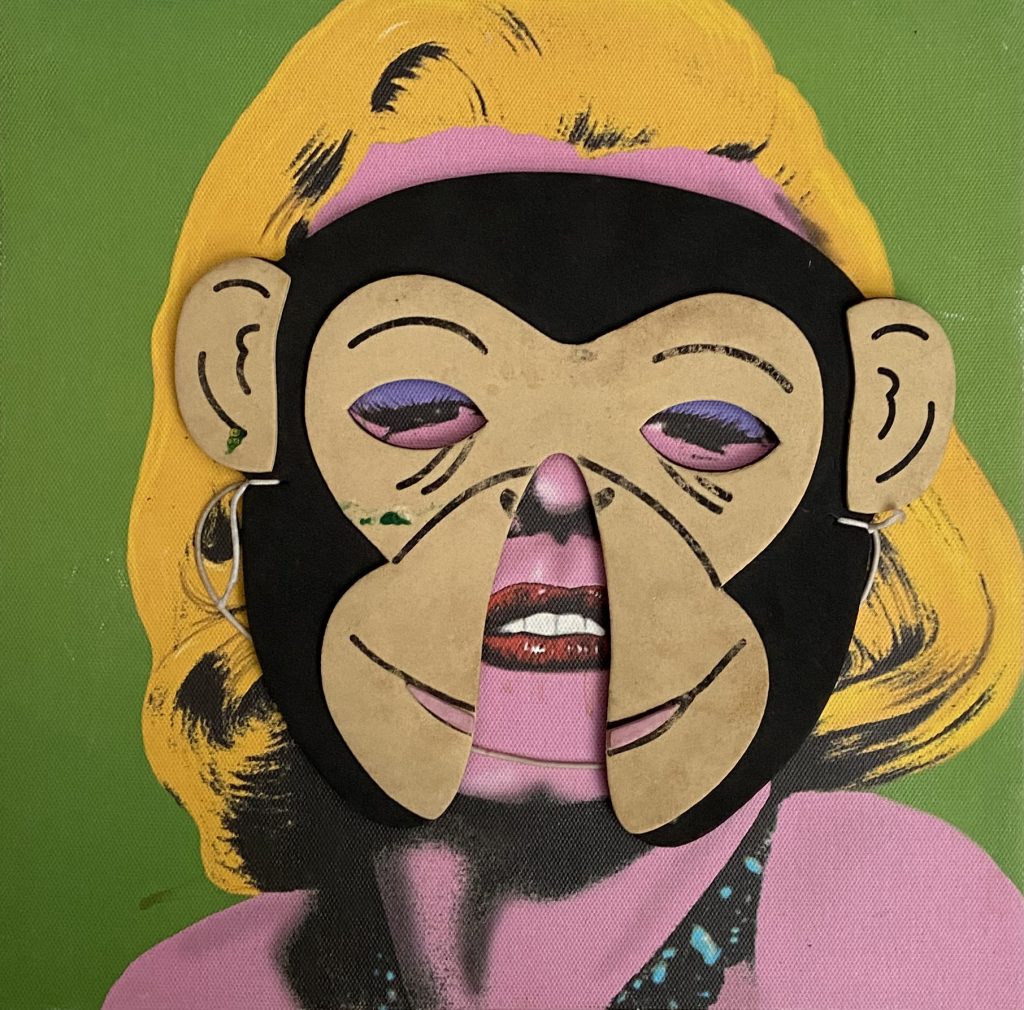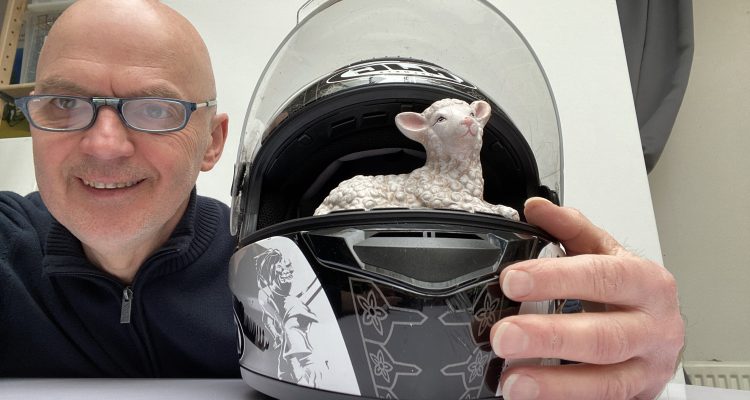“Objects I use come from the world and they tell stories about it.”
Paul Zimmerman in conversation with Vincent van Oss
Paul Zimmerman: How did you get interested in art?
Vincent van Oss: When I was about seven my parents took me to the Kröller Müller Museum (NL) this made a deep impression. When I was in High School I was very dreamy and shy. Started painting to express my feelings about nature, sexuality and society. My art teacher advised me to go to the Academy of Art and so I did.
PZ: Your work in various mediums. What does choice depend on?
VO: It depends on what objects I found for instance in my home and in second hand shops. With these I make my installations. Then it depends on what ‘fits’. You can take fitting literally and the size of objects plays an important role. But they also have to fit concerning similarities and contrasts. One moment one object ‘serves’ the other so than differences are often small; for instance using two kinds of wood. The next moment the contrast is optimal to really show what one material does compared to the other; for instance glass reflecting light and rust absorbing light. Also the contrast in meaning and context plays an important role. [ In ‘Youth knows no pain’ from 2021 a lamb is put in the helmet of a guy who wants to be anything except a lamb. Eventually the most important thing: what does the artwork mean, what does it bring?
PZ: What is your artistic process? How do you create your artwork?
VO: These days my studio is packed with stuff and I simply combine objects till it fits. Keep going on till it satisfies. Another day it can be changed or rejected.
PZ: Do you have any particular goal in mind when your start a new piece?
VO: Usually not. Objects I use come from the world and they tell stories about it. At the end the installations work when they correspond to my life. I recognize them in a way. If this doesn’t happen, it doesn’t make sense and I’d better not safe it. Of course, it’s possible to give direction to the process a bit. If I want to make work about my youth I probably start with other objects than when it’s about saving the planet. Only sometimes I start with an idea and after that search for the right materials. It’s not my favorite way of working because it also blocks or narrows ideas. Mostly serendipity has a high preference.

PZ: Has your practice changed over time?
VO: Been a painter figurative and abstract for a long period. Though I expressed my emotions, it was a bit unspoken. In 2016 decide to make 3D art about my personal life sawing the contours of my body out of multiplex, filling it with memories. Since 2020 waste objects became the basics of my works. Making small installations with them.
PZ: Which artists are you most influenced by?
VO: First influence is Carel Visser (NL) who had the brutality in the seventies to pile up things like tyres and glass to give it a new life and meaning.
Though he wasn’t the first artist doing this, the Iranian Dutch artist Navid Nuur opened my eyes that one can use everything in one’s house to make art with. Nuur’s installations exhale spiritual ideas. I could have mentioned Duchamps or Koons, but representing an object as art is not enough for me. It’s more interesting when it’s combined with another object to change the meaning. Koon’s ‘Gazing Balls’ is a nice exception, but only a few of this series reach the goal.
PZ: How would you define yourself as an artist?
VO: I put my daily life and issues that affect me in my artworks.
PZ: What are you working on now?
VO: Working with wood, rust and glass, more reflecting on my inner life. Next to this I like quoting other artists, reacting on their works. [ ‘Marilyn Monroe trying to disguise as a Bored Ape NFT’ from 2020 reflecting on popularity of art and the NFT-hype. Pic 1]
PZ: How does the pandemic influence your work and sensibility?
VO: Thanks to the pandemic I started explicitly making installations with found objects. Feeling an enormous freedom just doing what I liked to do.
PZ: What message would you like to send to the world?
VO: Live in balance with yourself, the people you are surrounded by and the rest of the world in the back of your head. Try to live in balance with the environment and nature.
